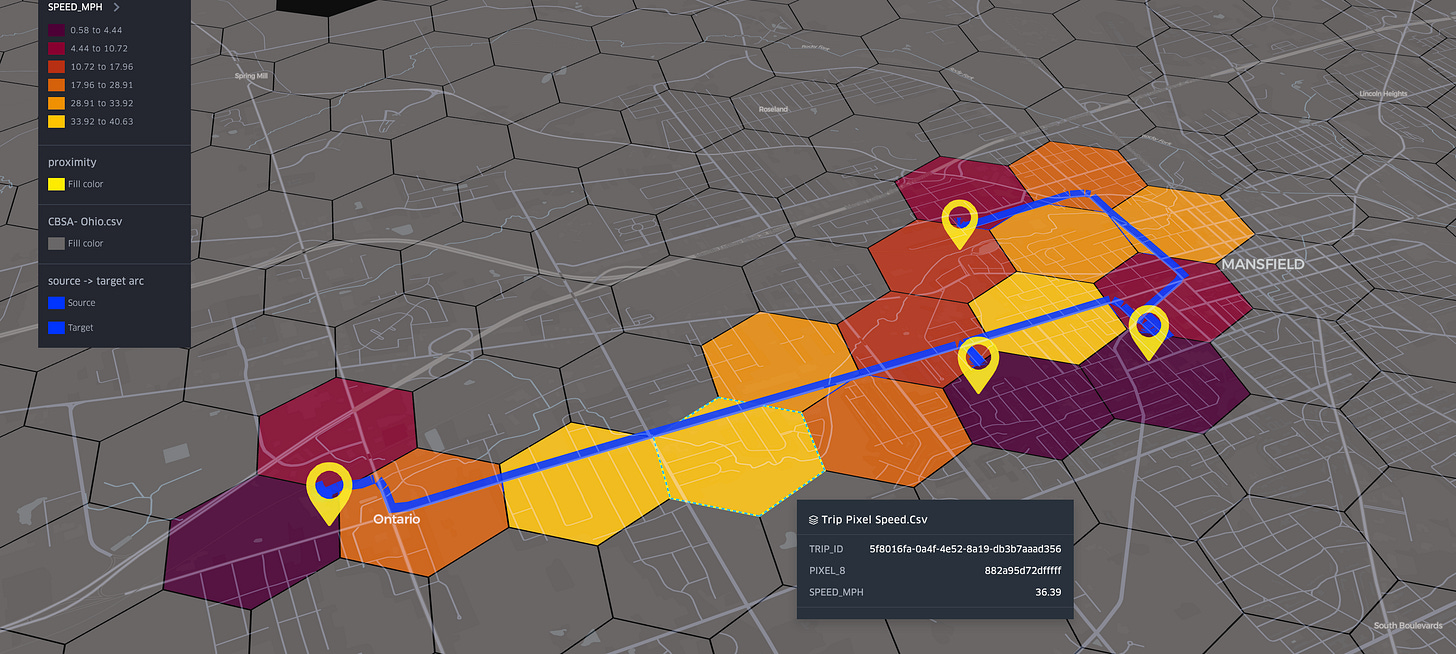Walmart’s Next Chapter in AI
Today’s edition of TWIR is on the house
This week I had the pleasure of attending Walmart’s Retail Rewired Innovation event where the retailer released the latest update on their AI journey.
Let’s get into it…..
Walmart is entering a new era of artificial intelligence, one that doesn’t just add AI on top of existing systems but embeds it into the very core of its operations. With the launch of four new “super agents,” Walmart is redefining how customers, associates, suppliers, and developers interact with the company. Each of these AI-powered agents, Sparky for customers, the Associate Agent, Marty for suppliers and advertisers, and the Developer Agent will soon become the primary touchpoints for millions of interactions every day. Instead of juggling multiple tools, users will engage with a single, unified AI framework designed to deliver faster, smarter, and more personalized experiences at scale.
A brief overview before we get into it….
Sparky for customers,
Marty for suppliers and advertisers
Associate Agent to streamline tasks for Walmart’s 2.1 million employees
Developer Agent to accelerate product innovation.
At the heart of this transformation is Sparky, Walmart’s GenAI-powered assistant already integrated into the Walmart app. Sparky helps customers find the right products, get tailored recommendations, and plan events…..all at their fingertips. Upcoming enhancements will allow Sparky to support reorders and provide seamless 24/7 assistance, creating a frictionless shopping experience. Walmart envisions Sparky evolving into an autonomous shopping assistant capable of building weekly grocery baskets, analyzing pantry photos to suggest recipes, and managing complex purchases.
“We expect that the search bar and the conventional way of searching for items will be replaced by this multimodal interface in Sparky,” said Hari Vasudev, CTO of Walmart U.S., during the event.
Early adoption is promising, with Sparky’s usage increasing significantly since it was integrated directly into Walmart’s app.
For Walmart associates, the new Associate Agent acts as a “one front door,” centralizing tools for scheduling, benefits, and performance insights. It includes sub-agents like a merchant tool for real-time sales analytics, an AI benefits assistant that simplifies HR processes, and leadership-focused KPI dashboards that save hundreds of hours in reporting.
On the business side, Marty, the supplier and advertiser agent, is streamlining how sellers manage catalogs, campaigns, and inventory by eliminating fragmented workflows. Meanwhile, the Developer Agent accelerates innovation by giving Walmart’s tech teams a faster way to build, test, and launch new products. All of these agents leverage Walmart’s global scale and years of investment in infrastructure, data, and platforms. The result? AI-driven operations like dynamic delivery windows, which predict precise delivery times, and “fast badging,” which guarantees one-hour delivery for over 70% of Express orders. Walmart is also using drones and digital twin technology to monitor stores and equipment, cutting emergency maintenance by 30% and scoping costs by 50%.
The business impact of these AI initiatives is already significant. Walmart’s high-tech distribution centers can now process nearly twice as many cases per hour as traditional facilities. Customer care resolution times are down 40%, shift planning has been cut from 90 minutes to 30, and AI-enhanced cataloging has improved the discoverability of over 850 million items. In fashion, Walmart’s AI-driven Trend-to-Product pipeline has reduced production timelines by up to 18 weeks, enabling the retailer to respond to trends faster than ever before.
In parallel with its AI expansion, Walmart is strengthening leadership to drive innovation. CEO Doug McMillon recently announced two new executive roles: Daniel Danker, formerly Chief Product Officer at Instacart, will join as EVP of AI Acceleration, Product and Design, leading Walmart’s enterprise-wide product and design strategy. A new EVP of AI Platforms role will also be established to build and scale the company’s intelligent systems stack. These moves underscore Walmart’s commitment to being not just a participant but a leader in shaping the future of retail technology.
As Walmart looks ahead, these advancements point to more than just operational efficiency….they represent a fundamental reimagining of retail. Walmart’s open approach to AI also sets it apart from competitors like Amazon. Instead of creating a closed ecosystem of proprietary AI tools, Walmart is designing Sparky to interact with external AI assistants, paving the way for agent-to-agent commerce. This strategy could position Walmart as a hub in a future where consumers rely on personal AI assistants, like ChatGPT or other third-party agents, to handle shopping tasks and negotiate on their behalf.
As Suresh Kumar, Walmart’s Global CTO, noted, “This is a moment for Walmart where we’re flipping from AI supporting the business to really driving it.”
With AI shaping everything from front-end shopping to store operations, Walmart’s vision signals a future where speed, personalization, and AI-driven automation become the new standard for retail.. This is not simply the next chapter of AI at Walmart; it’s the blueprint for a smarter, more connected future of commerce.





